Brian K Proulx, CCHt
Myths and Misconceptions about Hypnosis
If you read my post, “What Is Hypnosis?“, you probably concluded that hypnosis has been widely misunderstood. Most people’s perceptions of hypnosis come from the entertainment industry, particularly the media and Hollywood. Below are common myths and misconceptions about hypnosis.
Myth #1: A hypnotist is a person gifted with unique, mystical, or unusual powers.
Fact: A hypnotist is an ordinary person without unusual or mystical powers. A well-trained hypnotist understands that individuals hypnotize themselves. The hypnotist delivers suggestions effectively to facilitate an altered state of mind and teaches clients to self-induce the hypnotic state. Hypnotherapists come from all walks of life, with no special traits, typically driven by a desire to help others.
Myth #2: A person may not be easily awakened and may remain in the hypnotic state for a long time or get “stuck” in this state.
Fact: No one has ever remained indefinitely in a hypnotic state. The state can be terminated at will, as simply as opening your eyes. You cannot get stuck in hypnosis or fail to “wake up.” You do not lose consciousness or fall asleep. Hypnosis induces deep relaxation, but you remain fully in control. It involves enhanced communication between the conscious and subconscious mind. During hypnosis, you actively participate and may even direct the session. You enter hypnosis voluntarily and can exit it at any time.
Myth #3: Hypnosis effects a cure in just one or two sessions.
Fact: In some cases, one or two hypnosis sessions may help a person break a habit. However, most cases require several sessions to achieve a favorable result. Hypnosis is not a panacea; it cannot cure all human problems or do so instantly.
Myth #4: Many people cannot be hypnotized.
Fact: Approximately 90% of people can be hypnotized. Studies show that higher intelligence often correlates with a greater likelihood of entering a hypnotic state. If you believe, “I cannot be hypnotized,” you may be reinforcing that belief, as your own suggestion can block attempts to enter hypnosis.
Myth #5: Only the gullible or weak-minded can be hypnotized.
Fact: Hypnosis is not suitable for individuals with limited cognitive abilities. It requires imagination, cooperation, and a willingness to accept suggestions. More intelligent and imaginative individuals are often easier to hypnotize. While gullible people may be easily deceived, creativity and intelligence facilitate hypnosis, not gullibility. Conversely, highly analytical or controlling individuals may find hypnosis more challenging to achieve. The best candidates are those with a clear reason or motivation for wanting to be hypnotized.
Myth #6: When in hypnosis, you are out of control.
Fact: You cannot be hypnotized against your will; you must want to be hypnotized for it to occur. Successful hypnosis requires the following:
-
A desire to be hypnotized.
-
Confidence in the hypnotist.
-
Willingness to accept suggestions.
-
Freedom from fear.
-
Freedom from the need to control. As hypnotist Dave Elman stated, “Remove fear, the biggest block of all, and you’ll be able to hypnotize one hundred people out of a hundred.” The notion that you lose control of your senses or memories is a myth perpetuated by Hollywood to sell movies.
Myth #7: Hypnosis involves a surrender of one’s will to the hypnotist, where a “stronger soul” has power over a “weaker soul,” or allows the hypnotist to control the subject to do or say anything, including committing crimes or acting against their moral principles.
Fact: A hypnotist does not have power over the client. In hypnosis, a person will not act against their moral principles or commit antisocial or illegal acts. They retain the ability to accept or reject suggestions, dismissing any that are improper. Hypnosis involves heightened awareness, connecting the conscious and subconscious mind simultaneously, and the client remains fully conscious, never “unconscious.” This dual nature of the mind ensures the client’s autonomy. Suggestions, including posthypnotic ones, cannot override a person’s moral principles. Modern hypnotherapy uses the term “in hypnosis” to describe the hypnotic state, avoiding phrases like “under hypnosis” or “down into hypnosis,” which falsely imply the hypnotist’s dominance. In this approach, the hypnotist and client are equals, with the hypnotist acting as a facilitator, not a controller. Clients resolve their issues using their inner resources, primarily from the subconscious.
Myth #8: Hypnosis is a sleep-like, unconscious state in which a person is unaware of their surroundings.
Fact: Hypnosis involves heightened awareness, not sleep or unconsciousness. When in hypnosis, you are fully aware of your surroundings and everything being said to you. While it may resemble sleep, hypnosis is a state of expanded awareness, allowing you to reject any suggestion at any time. Your ego remains present, ensuring you never act against your ethical principles. In the hypnotic state, your senses are enhanced (hyper-acuity), making you more, not less, aware of sounds and activities around you. As one hypnotist put it, “I am not here to put people to sleep; I am here to assist in waking them up.”
Myth #9: A person must be deeply hypnotized to benefit from it.
Fact: You do not need to be in a deep state of hypnosis to experience its benefits. Positive results can be achieved by accepting suggestions during a light trance.
Myth #10: Hypnosis is unnatural or supernatural.
Fact: Hypnosis is a natural, altered state of mind that offers numerous benefits.
Myth #11: Hypnosis is merely relaxation and nothing more.
Fact: Hypnosis is distinct from relaxation. You can be relaxed without being hypnotized, and you can be hypnotized without being relaxed. Relaxation is just one aspect of certain trance states. Everyone experiences hypnosis differently. If you are very tired, particularly when practicing self-hypnosis before bedtime, you may fall asleep.
Myth #12: Hypnosis is catalepsy, and a person cannot move in that state.
Fact: Catalepsy, a medical condition involving trance-like states, loss of sensation, and bodily rigidity, is distinct from hypnosis. It can occur with or without a trance and is not hypnosis itself. The so-called “hypnotic coma” is not an unconscious or cataleptic state but a state of profound relaxation in which a person may choose not to move, think, or speak. They remain fully conscious and can end this state at any time.
Myth #13: The eyes must be closed for hypnosis to occur.
Fact: Closing the eyes is not a prerequisite for hypnosis. You can be in a hypnotic state with your eyes open. For example, when you “zone out” while driving, your eyes remain open, yet you are in a trance-like state.
Myth #14: Hypnosis is brainwashing.
Fact: Brainwashing, as defined by the American Heritage Dictionary, involves “intensive, forcible indoctrination, usually political or religious, aimed at destroying a person’s basic convictions and attitudes and replacing them with an alternative set of fixed beliefs,” often through deprivation. Hypnosis is fundamentally different. A hypnotist cannot force someone to act against their will; instead, they empower clients to access a natural, altered state of mind and make positive changes. Hypnosis enhances your control over your body and mind, tapping into a power we all possess. You always retain the ability to choose what to do, say, or think.
Myth #15: Hypnosis is anti-religious.
Fact: Hypnosis has no religious connotations. It is a tool used to alleviate pain, overcome fears, phobias, addictions, and other issues. While a few religious sects have historically objected to hypnosis, most religious groups today, including Roman Catholic, Orthodox, and Protestant Christian churches, as well as Judaism, Hinduism, Buddhism, and others, accept its ethical use for helping people. Hypnosis is not tied to any world religion. A professional and ethical hypnotist respects clients’ faith and does not use hypnosis to influence their religious beliefs.
Myth #16: When hypnotized, repressed memories of trauma always emerge.
Fact: Hypnosis can be used to uncover repressed memories, but the hypnotic state does not automatically cause them to surface. Memories will only emerge if the client is ready and if the client or hypnotist intentionally seeks to access them. Clients remain in control and will not confront memories they are not prepared to face.
Myth #17: In hypnosis, will I become deaf or lose my memory?
Fact: The notion that you lose control of your senses or memories during hypnosis is a myth perpetuated by Hollywood to sell movies. When emerging from hypnosis, you will feel rested, refreshed, and relaxed, and you will remember the session in its entirety.
Myth #18: Hypnosis is not an effective modality.
Fact: Hypnosis is highly effective, as as demonstrated by a comparison study reported in American Health Magazine: psychoanalysis achieved a 38% recovery rate after 600 sessions, behavior therapy a 72% recovery rate after 22 sessions, and hypnotherapy a 93% recovery rate after 6 sessions.
Conclusion
Now that you understand what hypnosis is not, consider exploring it firsthand. Try a guided hypnosis recording to experience its benefits. Click here to listen.
References
-
American Health Magazine. (n.d.). Comparison of therapeutic modalities. [Note: Specific issue and date not provided in original post; further verification recommended for academic use].
-
Elman, D. (1964). Hypnotherapy. Westwood Publishing.
-
American Psychological Association. (2014). Hypnosis for the relief of pain. APA Monitor on Psychology, 45(3).
-
Kirsch, I., & Lynn, S. J. (1995). The altered state of hypnosis: Contemporary perspectives. American Psychologist, 50(10), 846–858.
-
Hammond, D. C. (2010). Hypnosis in the treatment of anxiety and stress-related disorders. Expert Review of Neurotherapeutics, 10(2), 263–273.




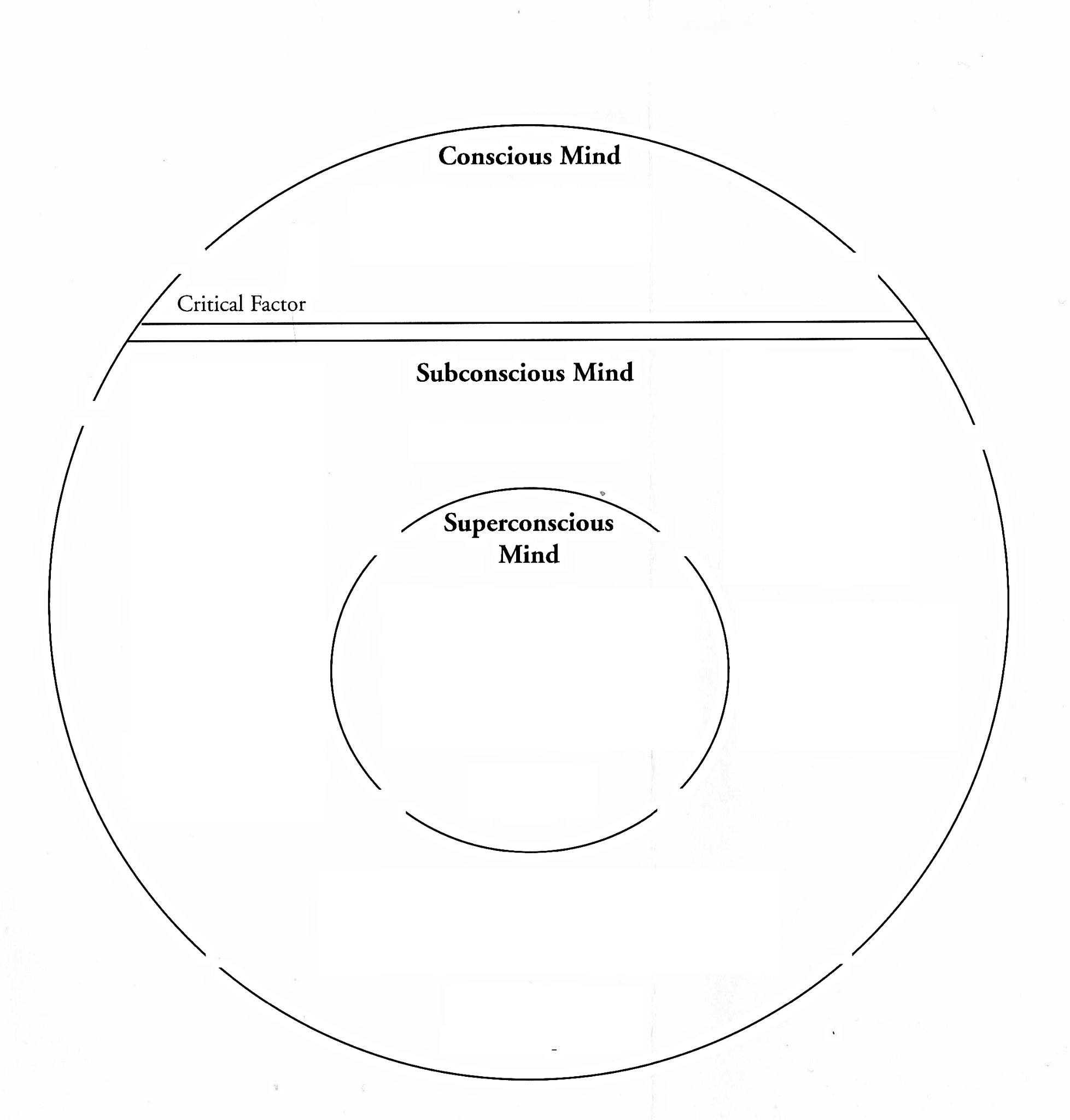
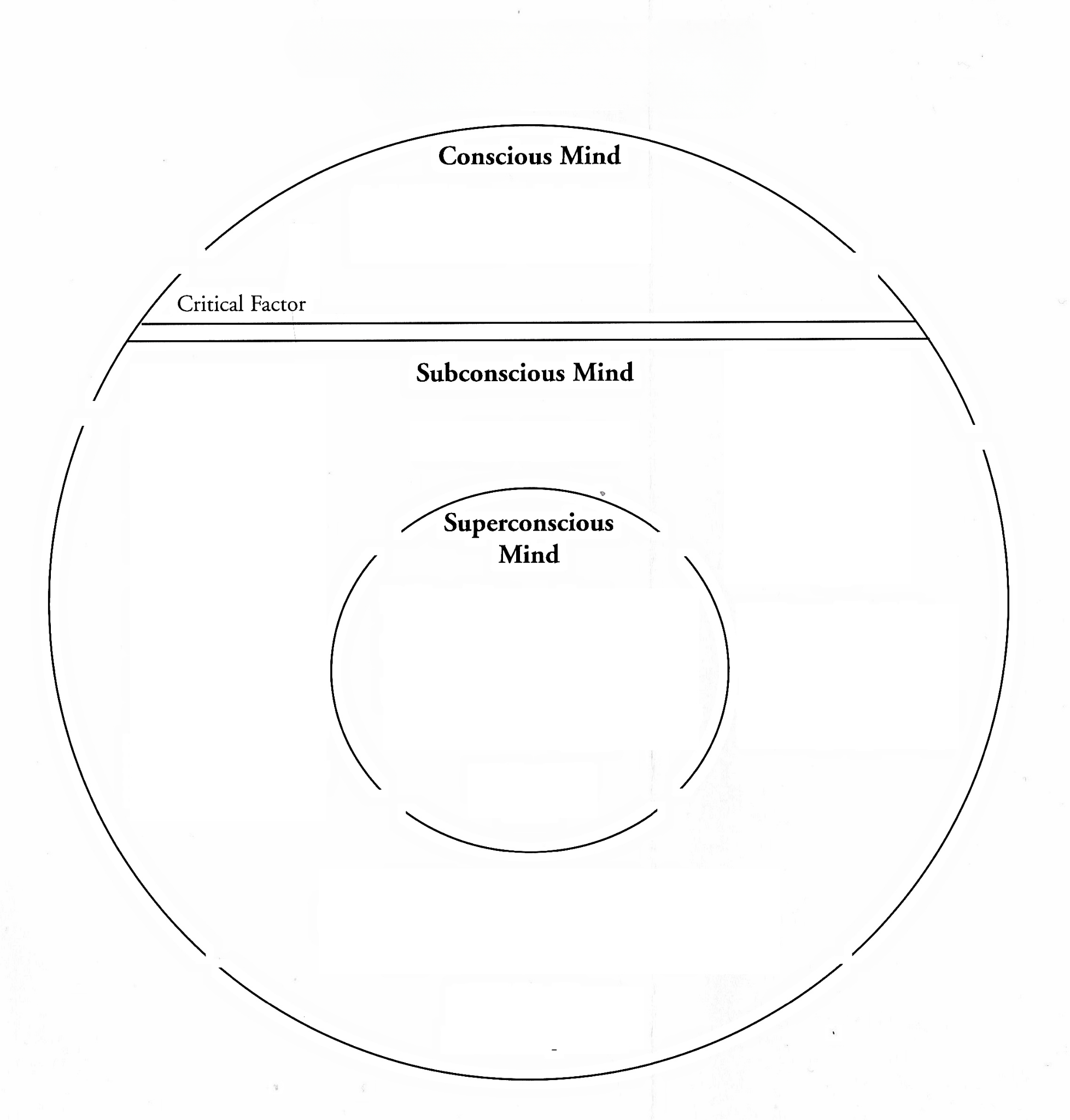
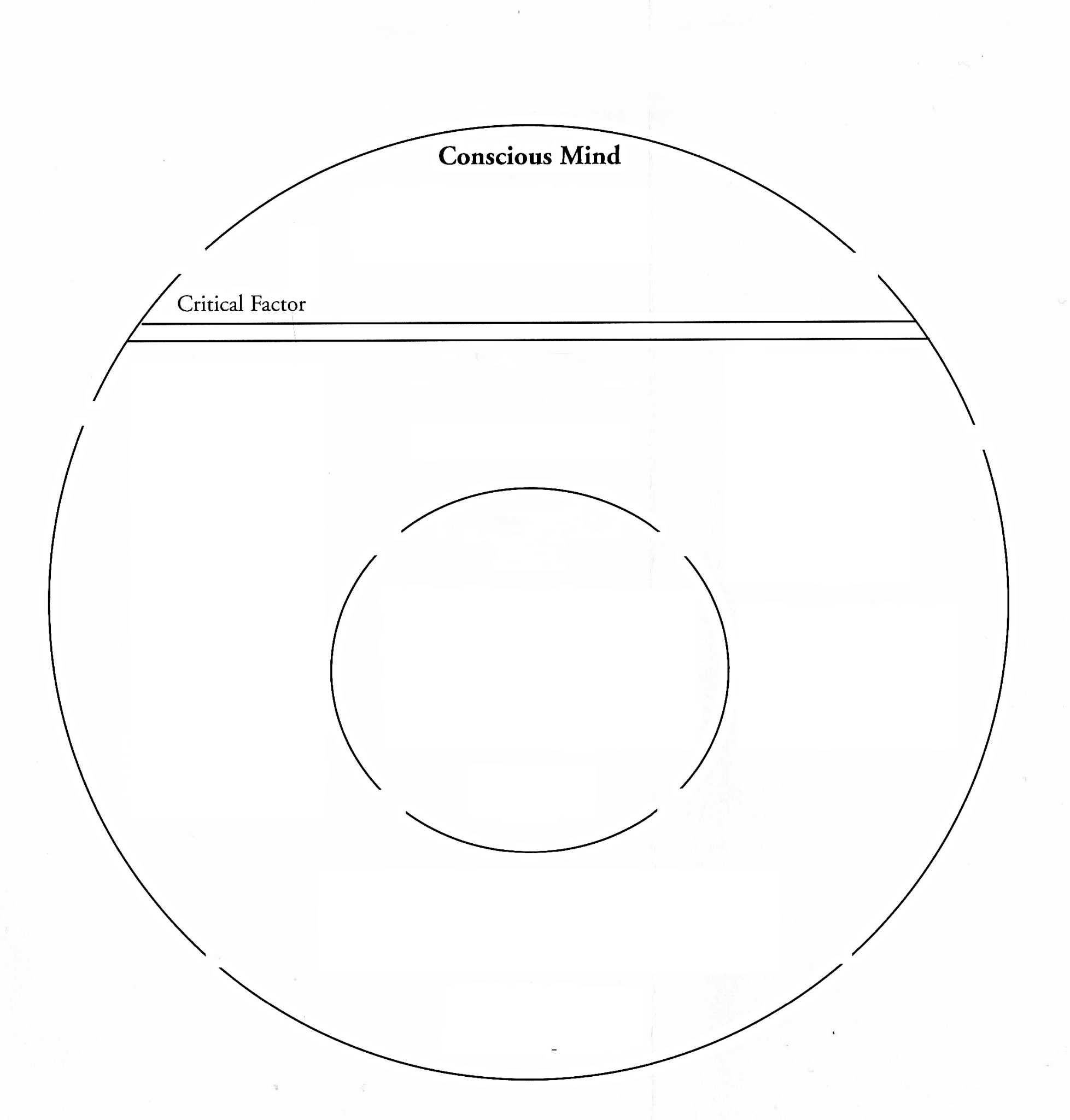
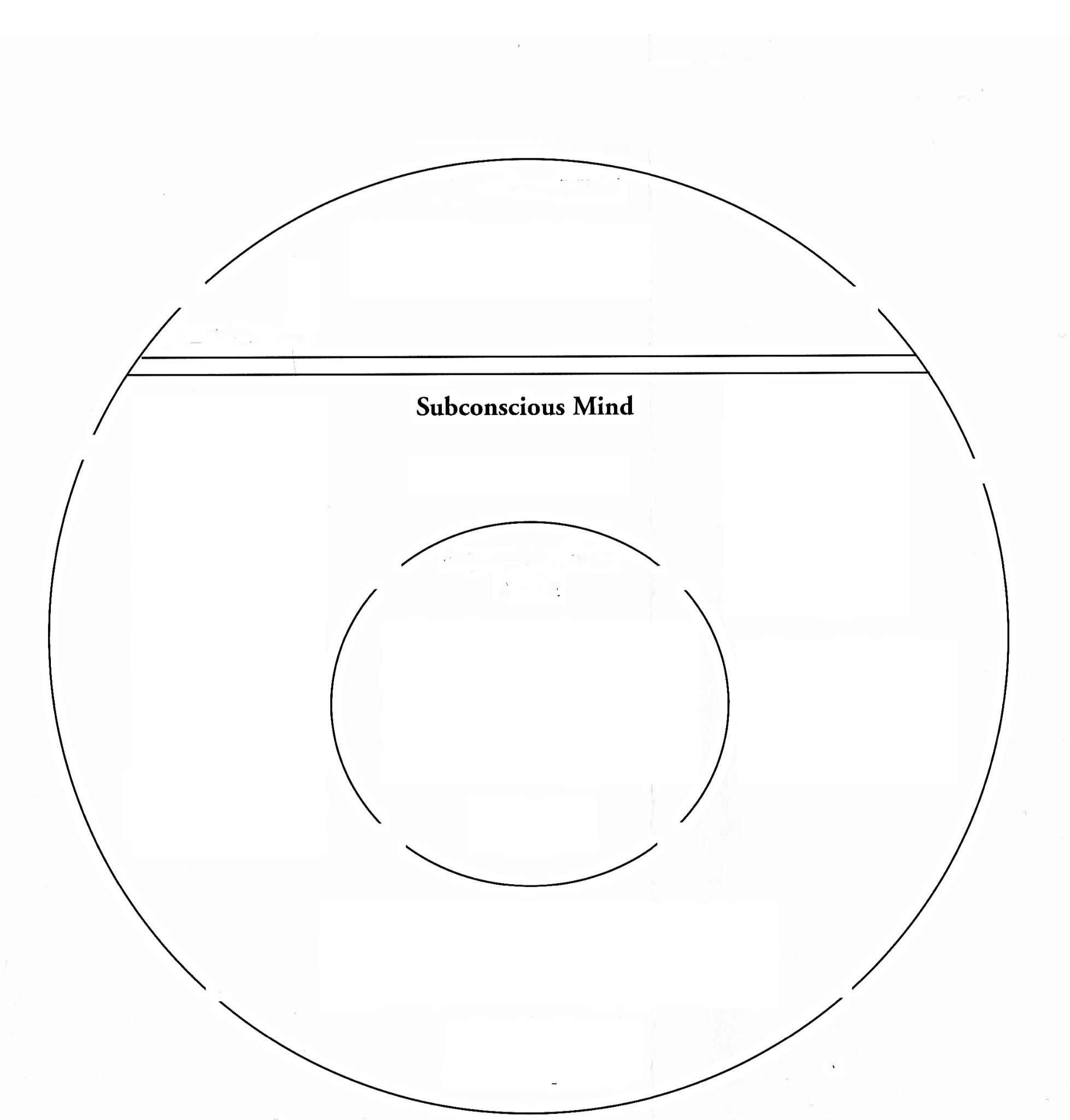
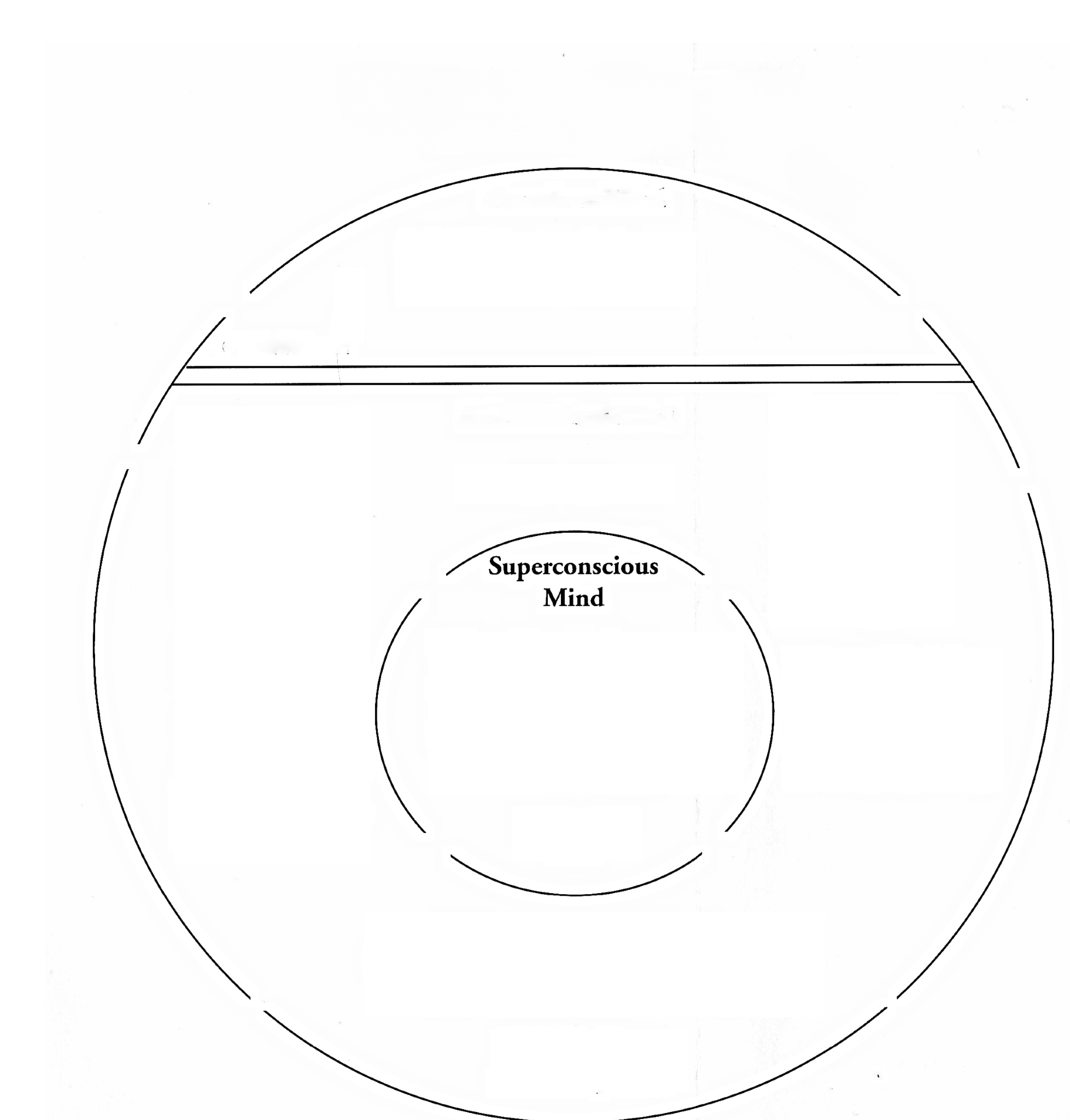

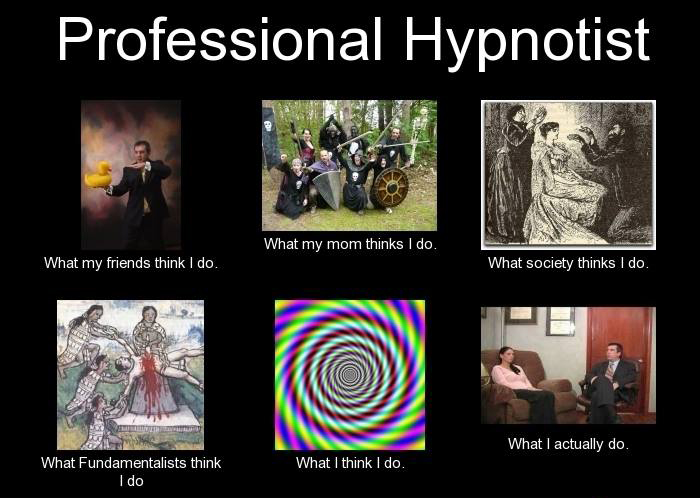

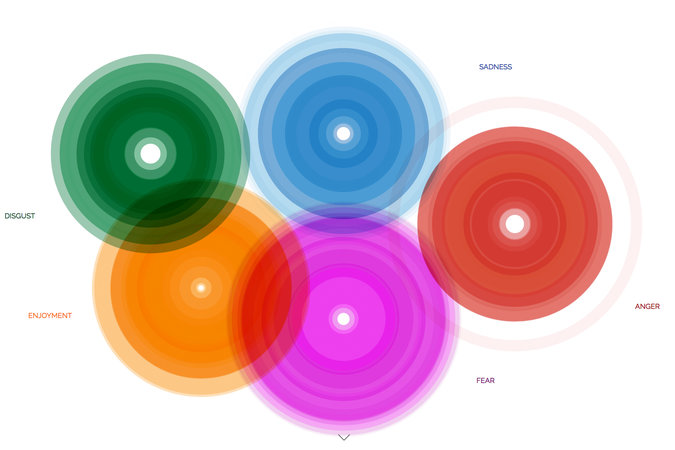
Recent Comments